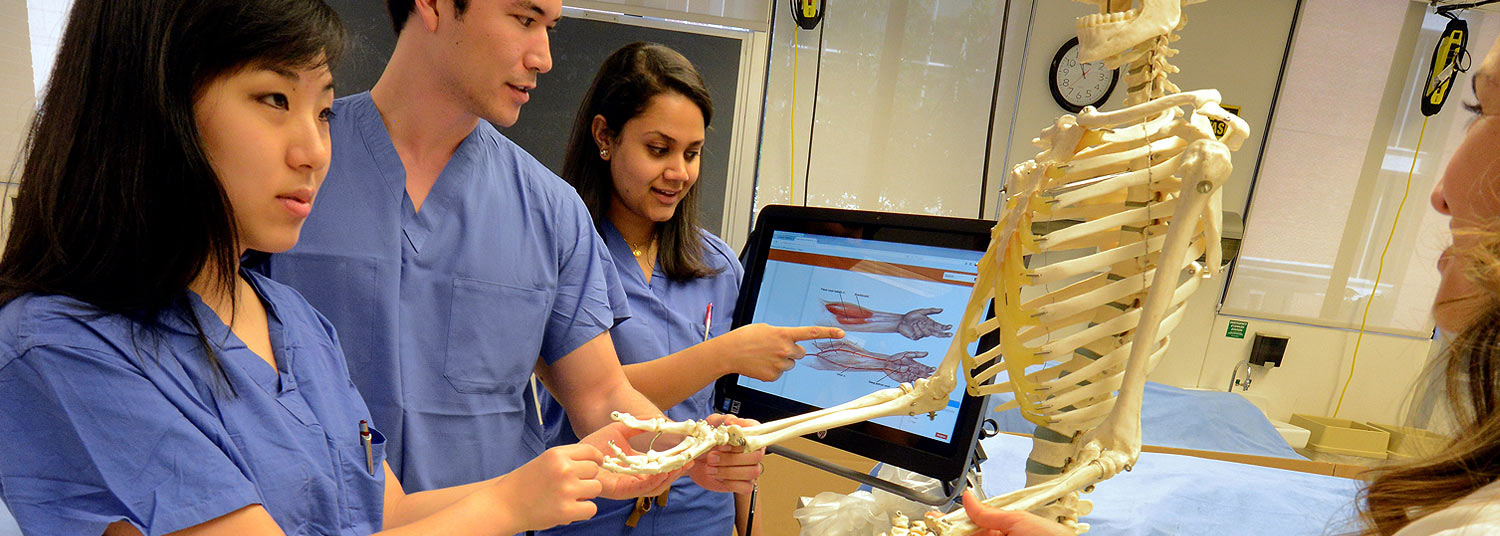June 29, 2022 | Lauren Robinson
$1 Million Gift will Support New State-of-the-Art Gross Anatomy Laboratory
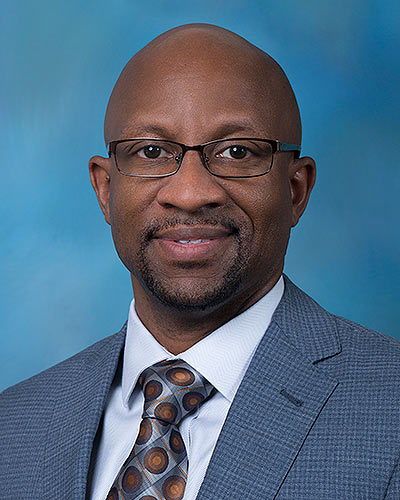
The gift, in support of medical education and the recently implemented Renaissance Curriculum, will be used to renovate UMSOM's gross anatomy laboratories and modernize that teaching environment for medical students.
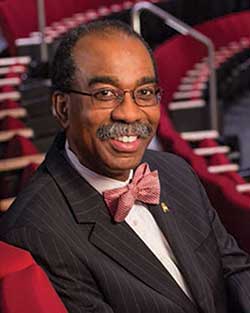
Dr. Reid noted that modernized teaching facilities and new technology are essential for the implementation of innovative learning methods. “As a physician and graduate of the School of Medicine, I recognize the importance of being on the front lines of medicine and medical education,” said Dr. Reid. “I am thrilled to be able to support the Renaissance Curriculum by supporting the creation of a state-of-the-art anatomical learning facility that will help train future generations of physicians.”
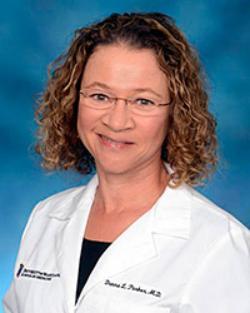
The current laboratory, originally built in the 1970s, will receive various “infrastructure improvements along with new equipment, such as moveable and height-adjustable operating bed stations with smart monitors and surgical drop lighting,” said Dr. Parker. “We are also looking to add innovative technology to the facility. This gift from Dr. Reid will make it possible to provide our students with a wonderful and updated environment in which to learn.”
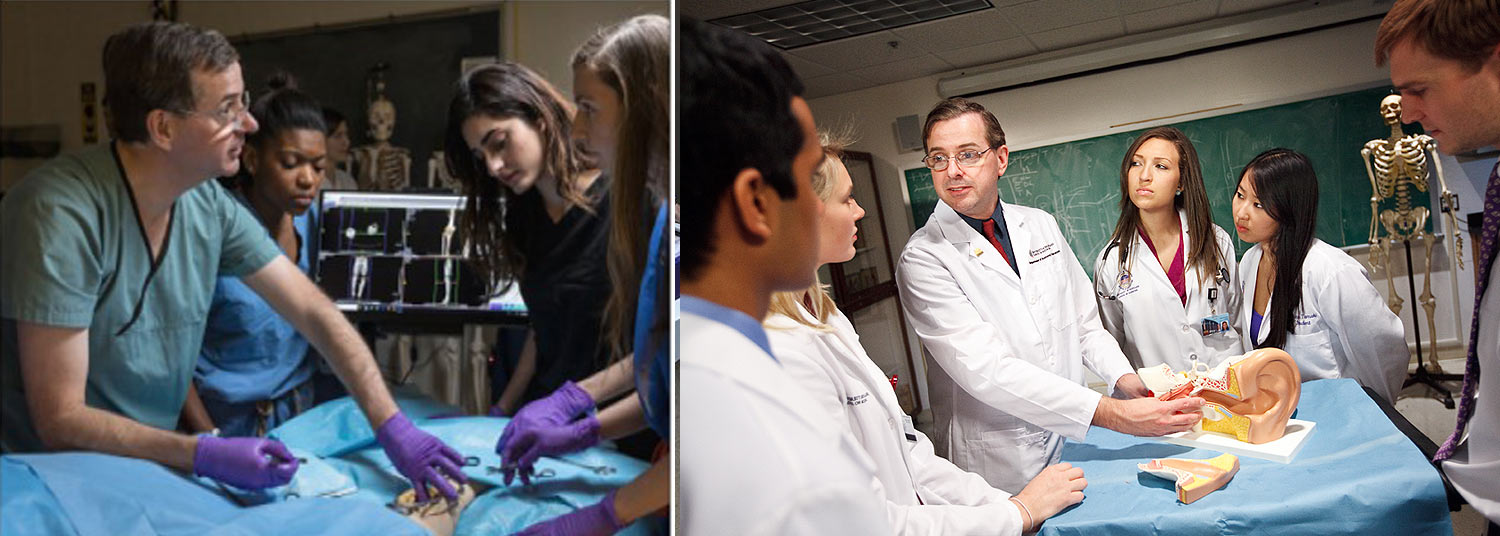
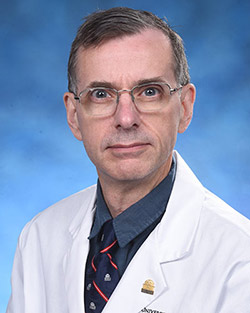
Dr. Reid’s record of philanthropic giving to UMSOM is highly notable. His most recent contributions include a donation of $500,000 given in 2019 to support The Maurice N. Reid, MD Collaborative Learning Space. In 2021, he committed to more than $300,000 to support a pilot cohort for Point of Care Ultrasound training for medical students, along with a more recent $100,000 pledge to support the Center for Advanced Research Training & Innovation (CARTI).
Dr. Reid earned his medical degree from the University of Maryland School of Medicine in 1999, followed by a residency in Emergency Medicine at the University of Maryland Medical Center. After completing his residency, he served as Assistant Professor in the Department of Emergency Medicine at the UMSOM and later worked as Clinical Director of the Emergency department at Bon Secours Hospital in Baltimore, MD. In 2004, Dr. Reid left academia to pursue his desire to open an urgent care center in Harford County. In March of 2005, Dr. Reid founded ExpressCare Urgent Care Centers and opened its first location in Bel Air, MD. Since opening its doors, ExpressCare has grown to over 30 locations in three states and has formed a strategic partnership with LifeBridge Health, which now owns a minority share of ExpressCare.
About the University of Maryland School of Medicine
Now in its third century, the University of Maryland School of Medicine was chartered in 1807 as the first public medical school in the United States. It continues today as one of the fastest growing, top-tier biomedical research enterprises in the world -- with 46 academic departments, centers, institutes, and programs, and a faculty of more than 3,000 physicians, scientists, and allied health professionals, including members of the National Academy of Medicine and the National Academy of Sciences, and a distinguished two-time winner of the Albert E. Lasker Award in Medical Research. With an operating budget of more than $1.3 billion, the School of Medicine works closely in partnership with the University of Maryland Medical Center and Medical System to provide research-intensive, academic and clinically based care for nearly 2 million patients each year. The School of Medicine has nearly $600 million in extramural funding, with most of its academic departments highly ranked among all medical schools in the nation in research funding. As one of the seven professional schools that make up the University of Maryland, Baltimore campus, the School of Medicine has a total population of nearly 9,000 faculty and staff, including 2,500 students, trainees, residents, and fellows. The combined School of Medicine and Medical System (“University of Maryland Medicine”) has an annual budget of over $6 billion and an economic impact of nearly $20 billion on the state and local community. The School of Medicine, which ranks as the 8th highest among public medical schools in research productivity (according to the Association of American Medical Colleges profile) is an innovator in translational medicine, with 606 active patents and 52 start-up companies. In the latest U.S. News & World Report ranking of the Best Medical Schools, published in 2021, the UM School of Medicine is ranked #9 among the 92 public medical schools in the U.S., and in the top 15 percent (#27) of all 192 public and private U.S. medical schools. The School of Medicine works locally, nationally, and globally, with research and treatment facilities in 36 countries around the world. Visit medschool.umaryland.edu
Contact
Lauren Robinson
Public Affairs/Community Health Specialist
Managing Editor, SOM News
Office of Public Affairs & Communications
University of Maryland School of Medicine
Lauren.Robinson@som.umaryland.edu
Office: 410.706.7508
Work Cell: 443.743.9047
Related stories
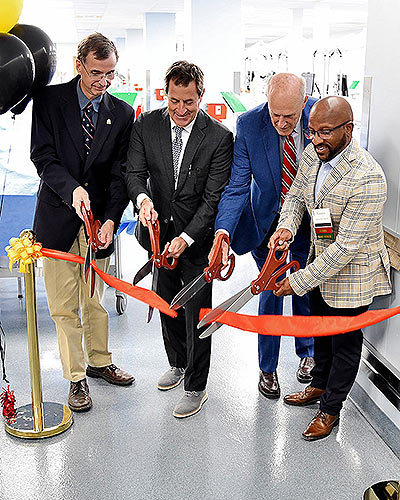
Monday, October 28, 2024
UMSOM Unveils New State-of-the-Art Anatomy Facility
The University of Maryland School of Medicine unveiled at an Oct. 8 ribbon-cutting ceremony the newly renovated Maurice N. Reid, MD ’99 Anatomy Teaching Facility, a state-of-the-art gross anatomy laboratory and learning facility made possible in part by a $1 million donation by UMSOM alum Maurice Reid, MD, a Board of Visitors member and former CEO and medical director of ExpressCare UrgentCare Centers.

Tuesday, August 31, 2021
Award-Winning Educator Adam Puche, PhD, Named Vice Chair of Department of Anatomy and Neurobiology
Asaf Keller, PhD, Professor and Chair of Anatomy and Neurobiology at the University of Maryland School of Medicine (UMSOM), along with UMSOM Dean E. Albert Reece, MD, PhD, MBA, announced that award-winning educator Adam Puche, PhD, Professor of Anatomy and Neurobiology, has been appointed to serve as the inaugural Vice Chair of that department, effective immediately.
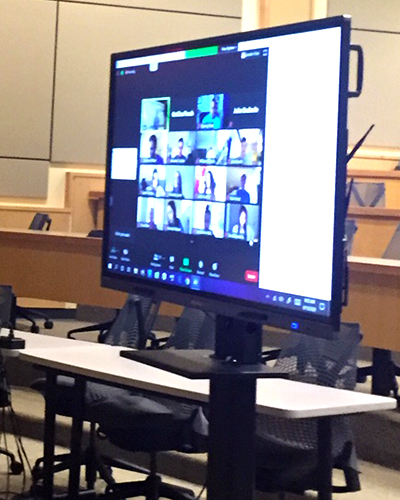
Monday, August 10, 2020
A New Era in Medical Student Training Begins
The new Renaissance Curriculum for medical students at the University of Maryland School of Medicine officially launched at 8 am on Monday, August 10, with a teleconferenced lecture to students by Adam C. Puche, PhD, Professor of Anatomy and Neurobiology.
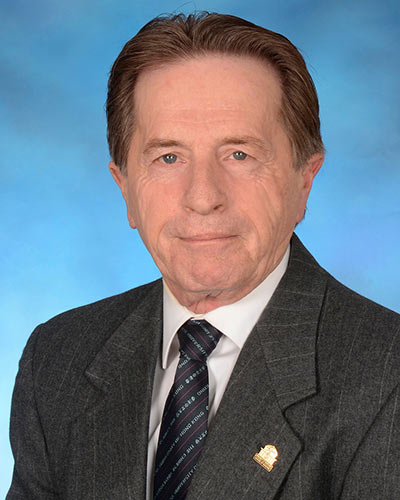
Tuesday, June 06, 2017
University of Maryland School of Medicine Director of the Anatomical Services Receives Top Award from American Association of Clinical Anatomists
Ronald S. Wade, Director of the Anatomical Services Division, University of Maryland School of Medicine (UM SOM), Director of the Maryland State Anatomy Board Department of Health and Mental Hygiene and Director of the Anatomical Services Division, will be the 2017 recipient of the R. Benton Adkins Jr. Distinguished Service Award from the American Association of Clinical Anatomists (AACA).

